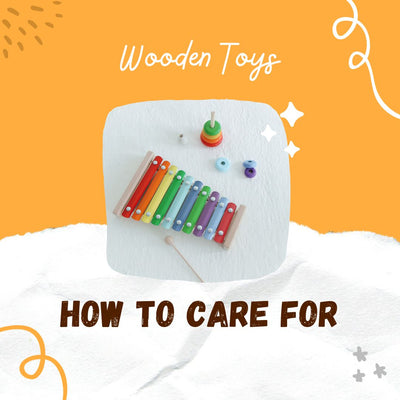Toddlers are like little sponges, constantly absorbing information from their surroundings. One of the most effective ways to facilitate their cognitive development and encourage early learning is through sensory play.
Sensory learning engages a child's senses—sight, hearing, touch, taste, and smell—to explore the world around them. In this blog, we'll delve into the importance of sensory learning for toddlers and provide you with practical tips on how to incorporate it into their daily routine.
Why Sensory Learning Matters
-
Brain Development: Sensory play stimulates various areas of a toddler's brain, promoting the formation of neural connections. These connections are crucial for the development of skills such as language, fine motor skills, and problem-solving.
-
Fine and Gross Motor Skills: Activities that involve manipulating different textures, shapes, and sizes help toddlers improve their fine and gross motor skills. Pouring, stacking, and squishing objects all require different levels of coordination.
-
Language Development: Sensory experiences can spark conversations. When toddlers touch a soft blanket or taste a new food, they are likely to ask questions or express their feelings. These interactions enhance vocabulary and communication skills.
-
Emotional Regulation: Exploring sensory materials can have a calming effect on toddlers. It provides a safe outlet for them to manage emotions and reduce anxiety. Activities like squeezing stress balls can help release pent-up tension.
Incorporating Sensory Learning
Now that we understand the significance of sensory learning, here are some practical tips to incorporate it into your toddler's daily routine:
-
Sensory Bins: Create sensory bins filled with items like rice, dried beans, or sand. Add scoops, cups, and small toys for your child to manipulate. This activity encourages tactile exploration.
-
Nature Walks: Take your toddler for nature walks in your local park or garden. Encourage them to touch leaves, smell flowers, and listen to the sounds of birds and insects.
-
Cooking Together: Involve your child in age-appropriate cooking activities. Let them mix, knead, or taste ingredients (with supervision). This not only engages their senses but also teaches them about food and nutrition.
-
Art and Craft: Finger painting, playdough, and crafting with various materials like feathers, fabric, and buttons are excellent ways to stimulate both creativity and sensory perception.
-
Music and Movement: Play music with different rhythms and beats. Encourage your toddler to dance, clap, or play simple instruments like maracas to explore auditory and physical sensations.
-
Sensory Storytime: Choose books with textured pages or those that involve scratch-and-sniff elements. Reading such books not only enhances literacy but also engages the sense of touch and smell.





